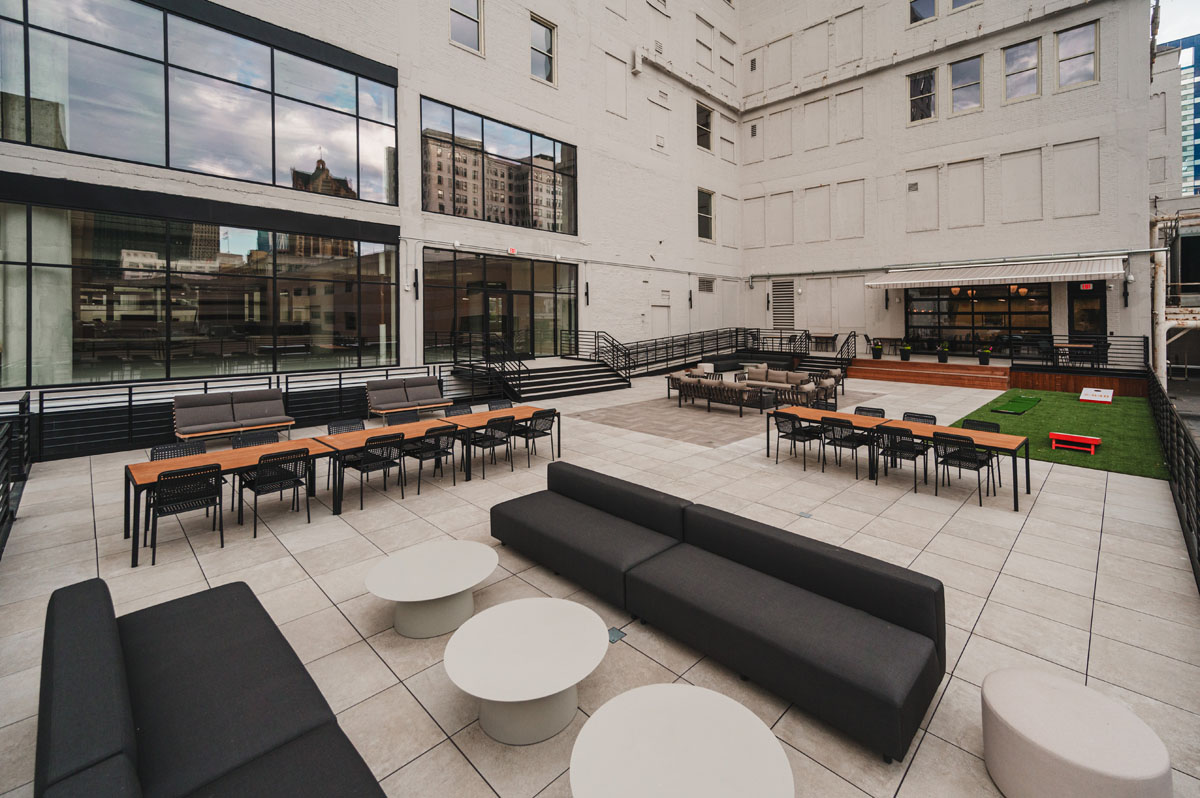Creating a Comfortable Workspace: A Guide to Welcoming Remote Workers Back to the Office with the Right Furniture
Introduction:
As businesses around the world transition back to the office, creating an inviting and comfortable workspace becomes crucial, especially for employees who have become accustomed to remote work. One key element in this transition is the right office furniture. In this blog post, we’ll explore how thoughtful furniture choices can contribute to a welcoming environment for remote workers returning to the office.
1. Ergonomic Chairs:
The backbone of any office setup is a comfortable and ergonomic chair. Remote workers may have customized their home office with ergonomic options, and providing the same level of support in the office is essential. Invest in chairs with adjustable features, lumbar support, and breathable materials to ensure a comfortable and productive workday.
2. Flexible Desks:
Flexibility is key when it comes to office desks. Employees returning to the office may have different preferences regarding desk setups, so providing options like sit-stand desks allows for personalized comfort. Adjustable height desks promote movement and can contribute to increased productivity and well-being.
3. Collaborative Spaces:
Encourage collaboration by creating dedicated collaborative spaces with comfortable seating arrangements. Modular furniture allows for flexible configurations, enabling employees to adapt the space for team meetings, brainstorming sessions, or individual work. Consider incorporating soft seating, ottomans, and modular tables for a versatile and inviting atmosphere.
4. Privacy Pods and Quiet Zones:
Not all work requires a collaborative environment. Recognize the need for focused work by incorporating privacy pods or quiet zones with soundproof furniture. These spaces provide employees with the option to retreat for tasks that require concentration without distractions.
5. Technology Integration:
Incorporate technology-friendly furniture to support the digital needs of modern workplaces. Charging stations, cable management solutions, and integrated power outlets in desks contribute to a seamless and efficient work environment. Ensure that furniture supports the use of technology without sacrificing aesthetics.
6. Personalization and Homely Touches:
Make the office feel like a second home by allowing employees to personalize their workspaces. Consider providing space for plants, artwork, or personal items. A touch of homeliness can significantly impact an employee’s sense of belonging and comfort.
7. Wellness Corners:
Prioritize employee well-being by creating wellness corners with comfortable seating, natural light, and greenery. These areas can serve as relaxation spots, promoting mental health and work-life balance. Incorporate elements like soft lighting and comfortable seating to create a calming atmosphere.
Conclusion:
As we welcome remote workers back to the office, the importance of thoughtful office furniture cannot be overstated. Investing in ergonomic chairs, flexible desks, collaborative spaces, privacy pods, technology integration, personalization, and wellness corners can contribute to a workspace that fosters productivity, creativity, and overall well-being. By prioritizing the comfort and needs of employees, businesses can create an office environment that feels like a second home, making the transition back to the office a positive and enjoyable experience.

